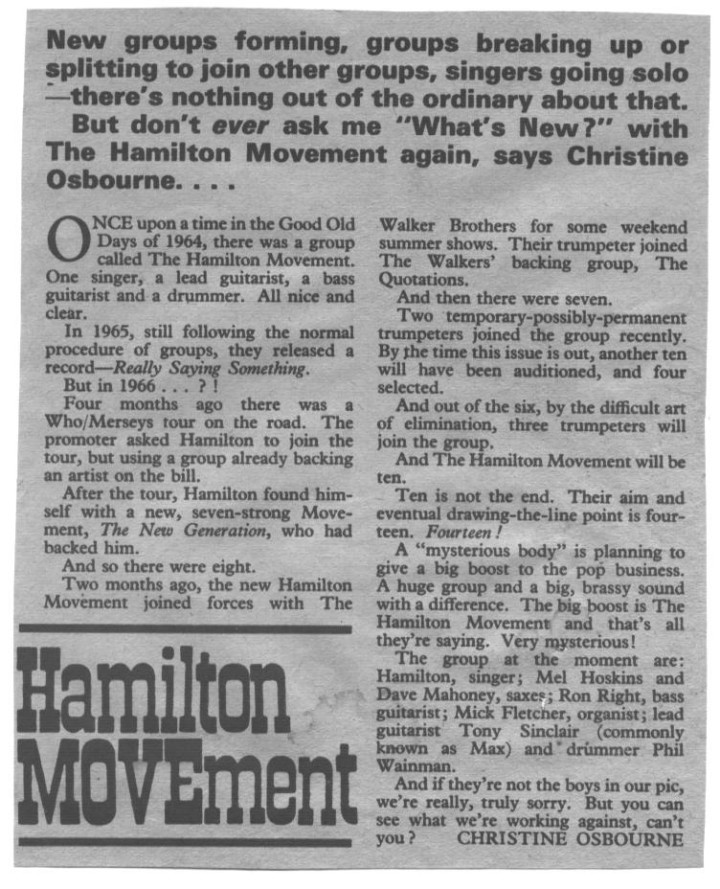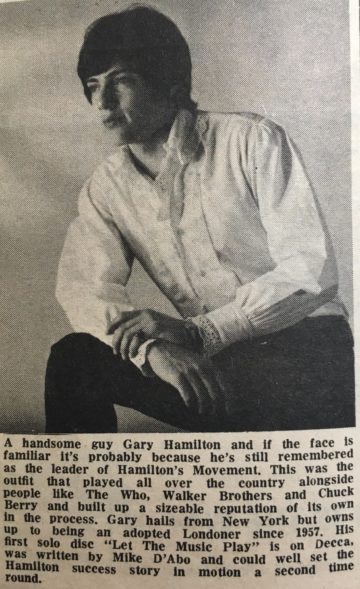
Colin Giffin – lead guitar, saxophone, vocals
Nicky Graham – organ, vocals
Dave Brown – bass, vocals
John Horton – saxophone
Roger Groom – drums
Formed around May 1965, The End brought together musicians from two Surrey bands. Giffin (b. 21 September 1943, Edmonton, Middlesex) and Brown (b. 2 July 1943, Carshalton, Surrey) had first worked together in 1961, playing with Bobby Angelo & The Tuxedos, who also included Groom (b. 10 November 1939, Walthamstow, east London) before he joined The Nashville Teens.
During 1963, Giffin and Brown joined Mike Berry’s new band, The Innocents who toured with The Rolling Stones on two national tours in 1964, during which time they befriended Bill Wyman who would later produce The End.
On 18 November 1964, the pair brought in Groom (who’d been replaced by Barry Jenkins in The Nashville Teens) and keyboard player Graham (b. January 1945, Durban, South Africa; d. 3 February 2024) from Dickie Pride & The Original Topics to record two tracks at RG Jones studio in Morden. The recordings, which were not released until 1996, paved the way for The End a few months later.

Graham had previously played with Kingston upon Thames area bands, including The Electrons and The Classics.
1965
During March/April 1965, the same quartet recorded six more songs, which all remained unreleased until 1996.

Completed with sax player John Horton (b. 14 November 1945, Surbiton, Surrey; 25 September 2023), who’d worked with Kingston upon Thames group The Outsiders and then Dickie Pride & The Original Topics, The End initially backed singers Kenny Lynch and Helen Shapiro.
19 June 1965 – Wilton Hall, Bletchley, Buckinghamshire with The Proof (Bletchley District Gazette) Presume this is the same band
On 26 August 1965, The End recorded Brown and Giffin’s “I Can’t Get Any Joy” and “Hey Little Girl” with Bill Wyman and Glyn Johns producing. They also cut the pair’s “Searching for My Baby”, which was shelved until 1996.
24 September 1965 – Astoria, Finsbury Park, north London with The Rolling Stones, The Spencer Davis Group, The Checkmates, Unit 4 Plus 2, Ray Cameron and Charles Dickens & The Habits (Tottenham Weekly Herald)
May be gig missing on 25 September 1965
26 September 1965 – Colston Hall, Bristol with The Rolling Stones, The Spencer Davis Group, The Checkmates, Unit 4 Plus 2, Ray Cameron and Charles Dickens & The Habits (Beat Instrumental)
27 September 1965 – Odeon, Cheltenham, Gloucestershire with The Rolling Stones, The Spencer Davis Group, The Checkmates, Unit 4 Plus 2, Ray Cameron and Charles Dickens & The Habits (Beat Instrumental)
28 September 1965 – Capitol Cinema, Cardiff, Wales with The Rolling Stones, The Spencer Davis Group, The Checkmates, Unit 4 Plus 2, Ray Cameron and Charles Dickens & The Habits (Beat Instrumental)
29 September 1965 – Granada, Shrewsbury with The Rolling Stones, The Spencer Davis Group, The Checkmates, Unit 4 Plus 2, Ray Cameron and Charles Dickens & The Habits (Beat Instrumental)
May be gig missing on 30 September 1965

1 October 1965 – ABC Chester, Cheshire with The Rolling Stones, The Spencer Davis Group, The Checkmates, Unit 4 Plus 2, Ray Cameron and Charles Dickens & The Habits (Beat Instrumental)
2 October 1965 – ABC Wigan, Lancashire with The Rolling Stones, The Spencer Davis Group, The Checkmates, Unit 4 Plus 2, Ray Cameron and Charles Dickens & The Habits (Beat Instrumental)
3 October 1965 – Odeon Manchester with The Rolling Stones, The Spencer Davis Group, The Checkmates, Unit 4 Plus 2, Ray Cameron and Charles Dickens & The Habits (Beat Instrumental)
4 October 1965 – Gaumont, Bradford, West Yorkshire with The Rolling Stones, The Spencer Davis Group, The Checkmates, Unit 4 Plus 2, Ray Cameron and Charles Dickens & The Habits (Beat Instrumental)
5 October 1965 – ABC Carlisle, Cumbria with The Rolling Stones, The Spencer Davis Group, The Checkmates, Unit 4 Plus 2, Ray Cameron and Charles Dickens & The Habits (Beat Instrumental)
6 October 1965 – Odeon Glasgow, Scotland with The Rolling Stones, The Spencer Davis Group, The Checkmates, Unit 4 Plus 2, Ray Cameron and Charles Dickens & The Habits (Beat Instrumental)
7 October 1965 – City Hall, Newcastle upon Tyne, Tyne & Wear with The Rolling Stones, The Spencer Davis Group, The Checkmates, Unit 4 Plus 2, Ray Cameron and Charles Dickens & The Habits (Beat Instrumental)
8 October 1965 – ABC Stockton-on-Tees with The Rolling Stones, The Spencer Davis Group, The Checkmates, Unit 4 Plus 2, Ray Cameron and Charles Dickens & The Habits (Beat Instrumental)
9 October 1965 – Odeon, Leeds, West Yorkshire with The Rolling Stones, The Spencer Davis Group, The Checkmates, Unit 4 Plus 2, Ray Cameron and Charles Dickens & The Habits (Beat Instrumental)
10 October 1965 – Empire, Liverpool with The Rolling Stones, The Spencer Davis Group, The Checkmates, Unit 4 Plus 2, Ray Cameron and Charles Dickens & The Habits (Beat Instrumental)
11 October 1965 – Gaumont, Sheffield, South Yorkshire with The Rolling Stones, The Spencer Davis Group, The Checkmates, Unit 4 Plus 2, Ray Cameron and Charles Dickens & The Habits (Beat Instrumental)
12 October 1965 – Gaumont, Doncaster, South Yorkshire with The Rolling Stones, The Spencer Davis Group, The Checkmates, Unit 4 Plus 2, Ray Cameron and Charles Dickens & The Habits (Beat Instrumental)

13 October 1965 – De Montfort Hall, Leicester with The Rolling Stones, The Spencer Davis Group, The Checkmates, Unit 4 Plus 2, Ray Cameron and Charles Dickens & The Habits (Beat Instrumental)
14 October 1965 – Odeon Birminingham with The Rolling Stones, The Spencer Davis Group, The Checkmates, Unit 4 Plus 2, Ray Cameron and Charles Dickens & The Habits (Beat Instrumental)

15 October 1965 – ABC Cambridge with The Rolling Stones, The Spencer Davis Group, The Checkmates, Unit 4 Plus 2, Ray Cameron and Charles Dickens & The Habits (Beat Instrumental)
16 October 1965 – ABC Northampton with The Rolling Stones, The Spencer Davis Group, The Checkmates, Unit 4 Plus 2, Ray Cameron and Charles Dickens & The Habits (Beat Instrumental)
17 October 1965 – Granada, Tooting, southwest London with The Rolling Stones, The Spencer Davis Group, The Checkmates, Unit 4 Plus 2, Ray Cameron and Charles Dickens & The Habits (Beat Instrumental)
On 22 October 1965, Philips released “I Can’t Get Any Joy” c/w “Hey Little Girl” as a single, but it failed to chart.

5 November 1965 – Cricketers Inn, Southend, Essex with The Orioles (Southend Standard and Essex Weekly Advertiser) Billed as Mike Berry & The End
During December 1965, The End toured with singer Billie Davis and former Presidents’ drummer Eddie Patterson played some of the dates (either replacing Groom or filling in for him).
4 December 1965 – Coronation Ballroom, Ramsgate, Kent with The Cygnets (East Kent Times) They backed Billie Davis
24 December 1965 – The Dolphin, Marine Court, St Leonards, East Sussex with Curtis and Co (Roger Bistow’s research at Dizzy Tiger Music website)

1966
4 February 1966 – Parkside Hall, Ampthill, Bedfordshire with The Donna Boys (Luton News) They backed Billie Davis

Roger Groom left to replace Barry Jenkins in The Nashville Teens and Hugh Attwooll took over drums.
Around the same time, Gordon “Gordie” Smith took over from John Horton on saxophone.

10 April 1966 – Bluesette Club, Leatherhead, Surrey (Poster from John Treais) Billed as The Ends

30 April 1966 – Tiles, Oxford Street, central London with The Anteeks (Melody Maker)

14 May 1966 – House of Eden, Witham Public Hall, Witham, Essex with The Solents (Essex County Standard) Says The End are going on Stevie Wonder tour in June 1966
29 May 1966 – Tiles, Oxford Street, central London with The Next Move and The Knack (Melody Maker)
4 June 1966 – Starlight Ballroom, Boston Gliderdrome, Boston, Lincolnshire with Keith Powell and Billie Davis, The Manchester Playboys, The Humperdinks and The Ferryboys (Lincolnshire Standard)
4 June 1966 – 76 Club, Burton on Trent, Staffordshire (Live Music website)

17 June 1966 – The Dolphin, Marine Court, St Leonards, East Sussex (Roger Bistow’s research at Dizzy Tiger Music website) This might be a different The End from the southcoast

25 June 1966 – Tiles, Oxford Street, central London with The New York Public Library and The Carl Douglas Set (Melody Maker)
3 July 1966 – Dungeon Club, Nottingham (website: https://dungeonmods.wordpress.com/)

14 July 1966 – Granville Club, Nottingham with Don’s Gear (Nottingham Evening Post)
28 July 1966 – Blue Triangle Club, Ealing, London (Fabulous 208)
2-8 August 1966 – Cedar Club, Birmingham (Fabulous 208)
6 August 1966 – 76 Club, Burton on Trent, Staffordshire (Live Music website)
14 October 1966 – 76 Club, Burton on Trent, Staffordshire (Live Music website)
15 October 1966 – Club Continental, Eastbourne, East Sussex (Eastbourne Herald Chronicle) This might be a different The End from the southcoast
18-23 October 1966 – Cleopatra Clubs, Cardiff, Wales and Bristol, Avon (Fabulous 208) Backing Elkie Brooks

31 October 1966 – Supreme Ballroom, Ramsgate, Kent (East Kent Times)

On 1 November 1966, The End recorded a cover of Joe Tex’s “You Better Believe It Baby” and Don Covay and Ron Miller’s “Please Do Something” with Bill Wyman producing. The two tracks were paired for a Spanish 45.
12 November 1966 – Club Continental, Eastbourne, East Sussex (Eastbourne Herald Chronicle) This might be a different The End from the south coast
According to Nicky Graham, The End played in Zemmat in Switzerland for three weeks over the Christmas period.

Smith’s former neighbour Sandra Le Brocq, a dancer/choreographer, was working for Spanish record label Sonoplay, and instrumental in setting the group up with three months’ of work in Spain in March 1967.
1967
21 January 1967 – Silver Blades, Streatham, southwest London (Peckham & Dulwich Advertiser/Clapham Advertiser)

11 February 1967 – Alkham Social Club, Alkham Village Hall, Kent (Folkestone & Hythe Gazette)
On 24 February 1967, The End recorded Dave Brown and Colin Giffin’s “Why” and “Yo-Yo” with Bill Wyman producing.

In March, The End moved to Madrid and played in Spain for three months. Soon after arriving, Sonoplay paired the two latest recordings as a single.
16 June 1967 – Silver Blades, Streatham, southwest London (Peckham & Dulwich Advertiser/Clapham Advertiser)

5 July 1967 – Steryodelik Dance, Church Hall, Easthampstead, Berkshire (Bracknell News)
On 12 July (possibly while Hugh Attwooll still in Spain), The End with Chris Winters on drums recorded Brown, Giffin and Graham’s “We’ve Got It Made” with Bill Wyman producing at RG Studio in Morden. The track, however, was shelved until 1996.
Gordon Smith meanwhile had remained in Spain and would leave the band when they returned to the UK.
7 August 1967 – Worsley Civic Hall, Greater Manchester with Richard Kent Style (Bolton Evening News)
On 17 August, The End recorded a cover of Bonnie Dobson and Tim Rose’s “Morning Dew” with Graham’s former band mate from The Original Topics’ Lennie Neldrett guesting on lead guitar.

Around September/October, The End recorded a cover of Don Covay’s “Daddy Loves Baby” with Bill Wyman producing which was shelved until 1996.
Guitarist Terry Taylor, who had met The End in Spain during spring 1967 while playing with London bands The High Society and The Mode (the latter recorded a lone 45 for Sonoplay) appeared on Giffin’s “Little Annie” around this time but the track remained unreleased until 1997.

On 4 September, the band recorded Bill Wyman and Pete Gosling’s “Loving, Sacred Loving”, which had previously been cut by Moon’s Train, at Olympic Studios in Barnes with Wyman producing.

On 8 November, with John Horton briefly back in the fold, the group recorded Bill Wyman and Pete Gosling’s “Shades of Orange” with Bill Wyman producing at Olympic in Barnes.
The track, which had previously been cut with Gosling’s band Moon’s Train (featuring Graham’s old band mate Malcolm Penn from The Original Topics on drums) was shelved and released in 1996. Charlie Watts from The Rolling Stones played tabla on the recording.

1968
John Horton, who was pictured extensively with The End during this period and would appear on the cover of the band’s LP (he also came up with the original sleeve design) left around early March and Terry Taylor (who had been living in Sweden after leaving The Mode) joined on lead guitar. Horton is mentioned in an article printed in the Daily Mirror on 29 February entitled “The Beginning of The End”.
According to Melody Maker, “Shades of Orange” (featuring Horton on sax) was released on 9 March.

Ten days later, on 19 March, The End began to record material at Decca’s studio in West Hampstead (and also Olympic Studios in Barnes) that subsequently appeared on their Introspection LP. Produced by Bill Wyman, the sessions continued up until late June but the LP was delayed and finally released in November 1969.
On 24 April, The End recorded the Brown/Giffin/Graham/Taylor collaboration “Building up a Dream”, which remained unreleased until 1997.
On 25 May, the band recorded Brown and Graham’s “Today Tomorrow”, another track that is shelved until 1997.

In June, sessions for the band’s LP wrapped up. The track “She Said Yeah” featured sax player Ken Leeman from Moon’s Train and Taylor’s former Mode compatriot Jim Henderson on harmony vocal.

20 September 1968 – Roebuck, Reading, Berkshire (Reading Evening Post)
22 September 1968 – Roebuck, Reading, Berkshire (Reading Evening Post)

6 October 1968 – Roebuck, Reading, Berkshire (Reading Evening Post)

10 October 1968 – Roebuck, Reading, Berkshire (Reading Evening Post)

11 October 1968 – White Hart, Didcot, Berkshire (Reading Evening Post)
13 October 1968 – Roebuck, Reading, Berkshire (Reading Evening Post)
8 November 1968 – Regal Ballroom, Bonnyrigg, Scotland with The Flirtations and Cream Puff War (South Midlothian Advertiser)

30 November 1968 – Middle Earth, Covent Garden, London with The Pretty Things and Auriel (Melody Maker)

13 December 1968 – Roebuck, Reading, Berkshire (Reading Evening Post)
In December, Giffin left for a solo career and Attwooll returned to Spain and worked with Miguel Rios among others.
New drummer Paul Francis had previously played with Tony Jackson & The Vibrations, The Stuart James Inspiration and Pepper among others.
Returning to Madrid, The End played at JJs and Piccadilly.
1969
Having returned to England, the new line-up recorded the group composition “Son of Lightning” with Bill Wyman producing at Olympic Studios on 4 March. The track was left in the can and finally released in 1999.
9 March 1969 – Toby Jug, Tolworth, southwest London (Kingston & Malden Borough News)
1 April 1969 – Klooks Kleek, West Hampstead, north London with Led Zeppelin and Pale Green Limousine (Melody Maker)
On 3 April, The End recorded another group composition “Second Glance”, which wasn’t released until 1999. Another band collaboration “North Thames Gas Board” cut on 15 April likewise was shelved until 1999. The track featured Ian Stewart guesting on piano.
During May, The End appeared at the Star Club in Hamburg, sharing the bill with The Ace Kefford Stand (featuring Cozy Powell on drums).
Returning to the UK in June, The End headed back to Spain for several months during which time they toured backing Billie Davis. During this time, Th End backed Spanish singer Miguel Rios on his LP Despierta.

On 10 December, The End recorded two band collaborations that were shelved at the time: “So Free” and “My Friend”. The latter was re-cut by Tucky Buzzard.
1970
On 23 January, The End cut the group collaboration “Turn on Waterstone”, which was finally released in 1999.
On 13 February, the band laid down another band co-write “Mistress Bean” with session guitarist Chris Spedding guesting on the track. Taylor’s “For Eleanor” was recorded the next day but like “Mistress Bean” it was shelved until 1999.

Shortly afterwards, Taylor introduced his former band mate from The Mode, Jim Henderson as a front man. The group returned to Spain and changed name to Tucky Buzzard.
A huge thanks to David Wells and his superb sleeve notes to the must-have End CD compilation “From Beginning to End”, which has details on the recording dates.
Paul Francis’ excellent book “Drumming up Vibrations” also has a wealth of information.
Thanks also to Malcolm Penn and Eddie Patterson for information.
Thanks to John Warburg for some info.
Copyright © Nick Warburton. All Rights Reserved. No part of this article may be reproduced or transmitted in any form or by any means, without prior permission from the author.

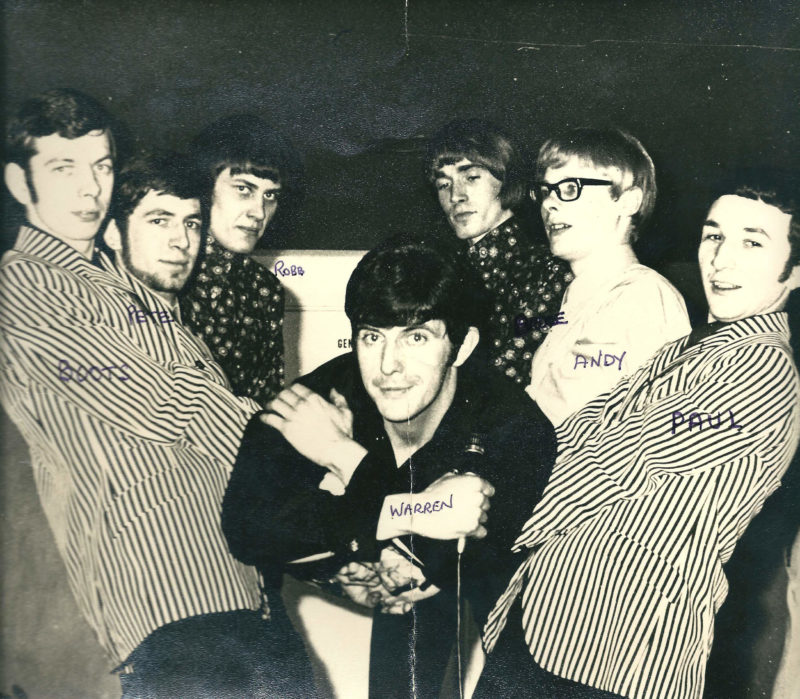
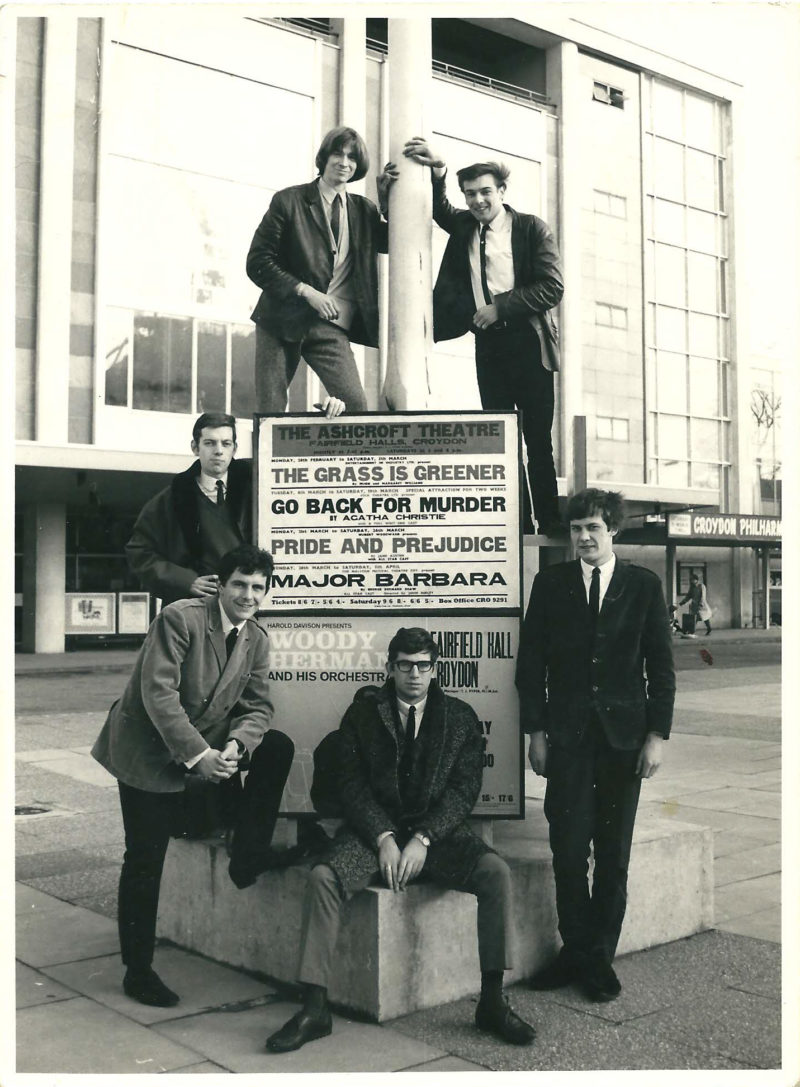

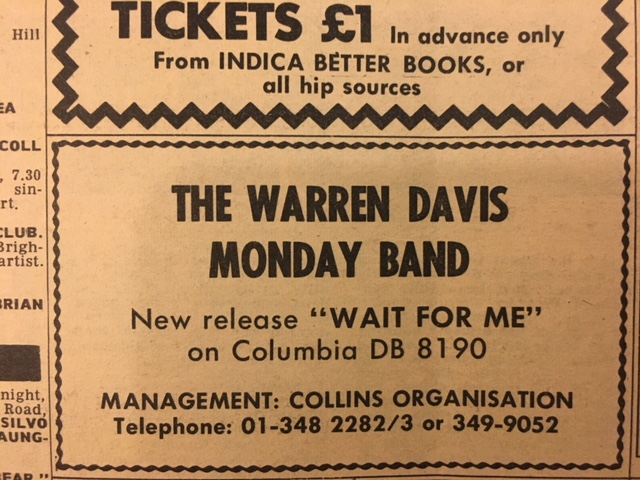
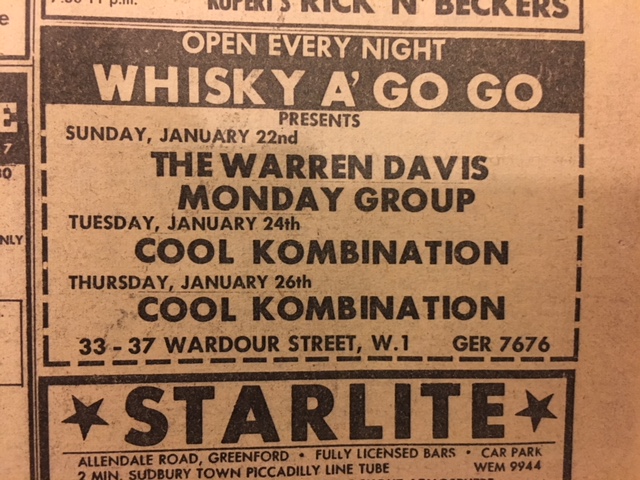


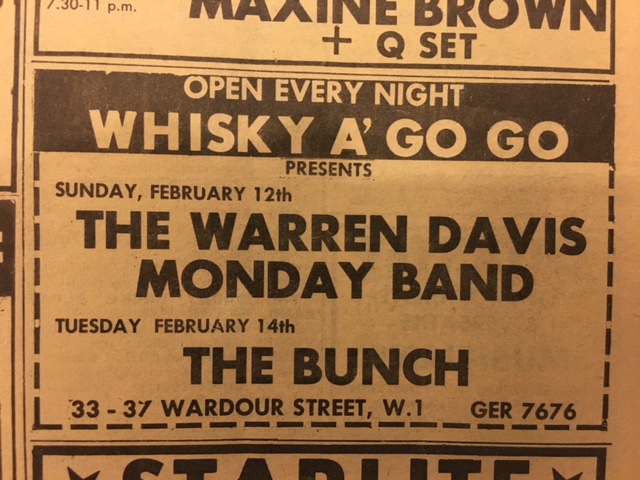

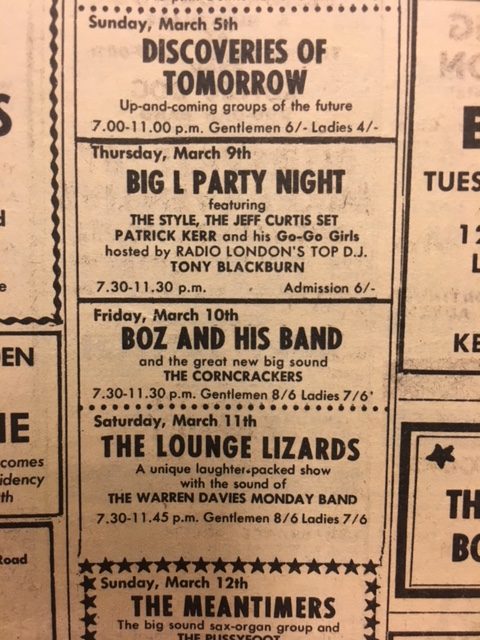
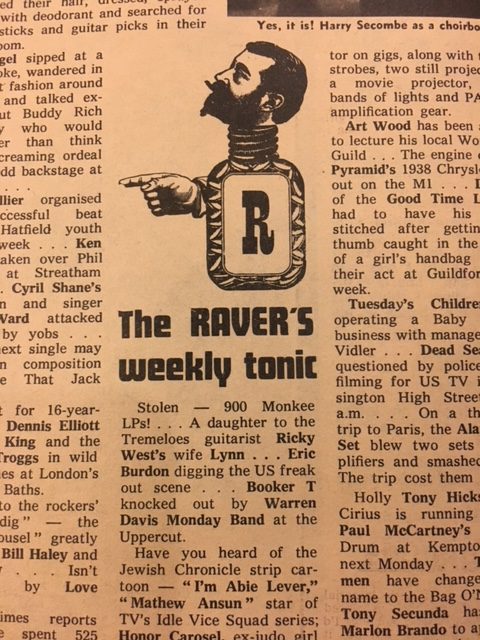
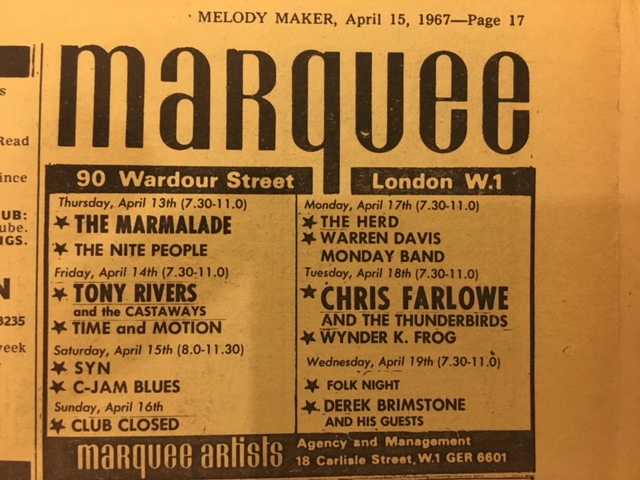
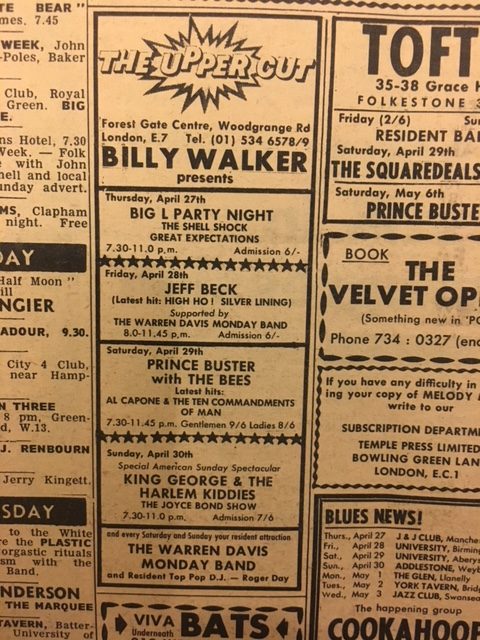
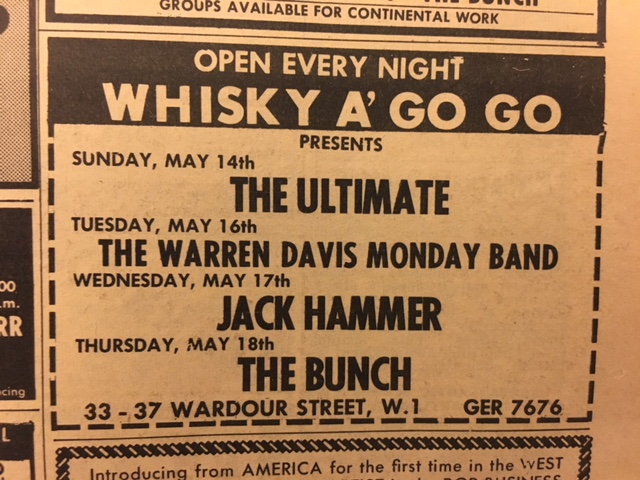
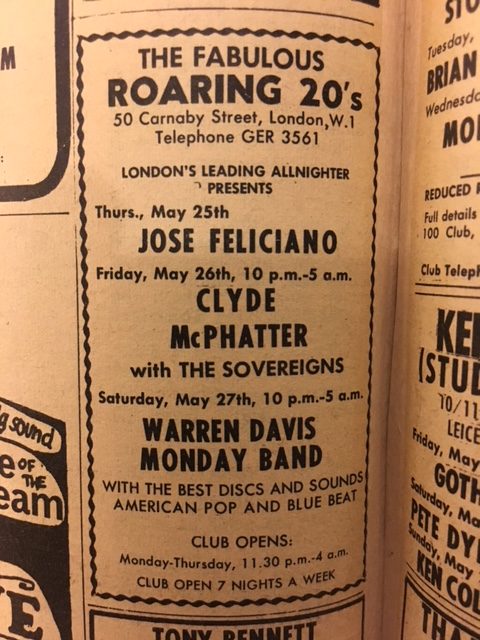




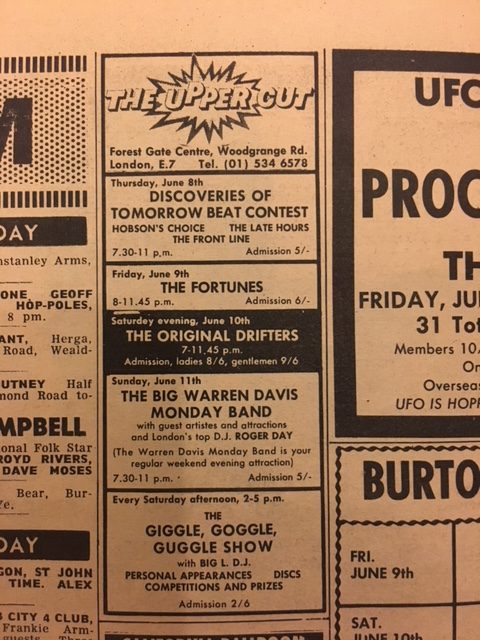
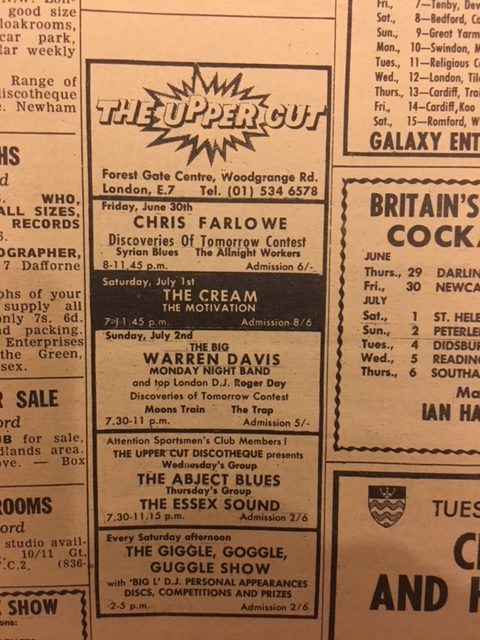
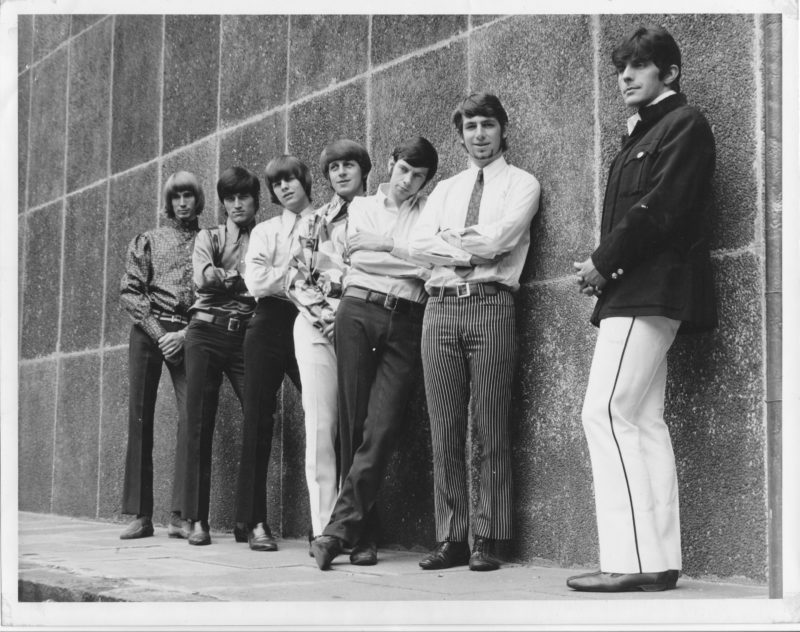

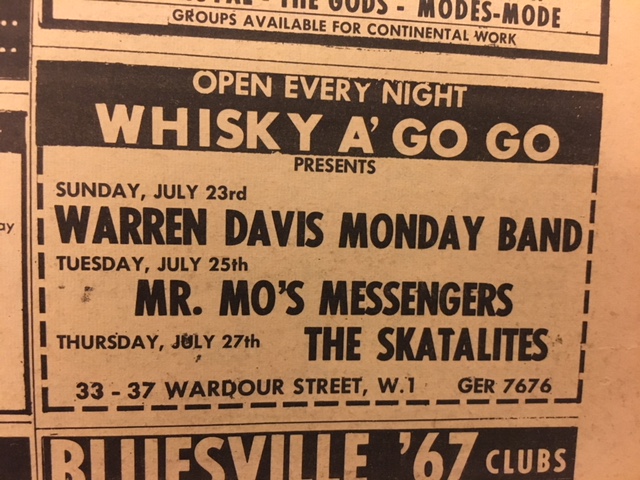
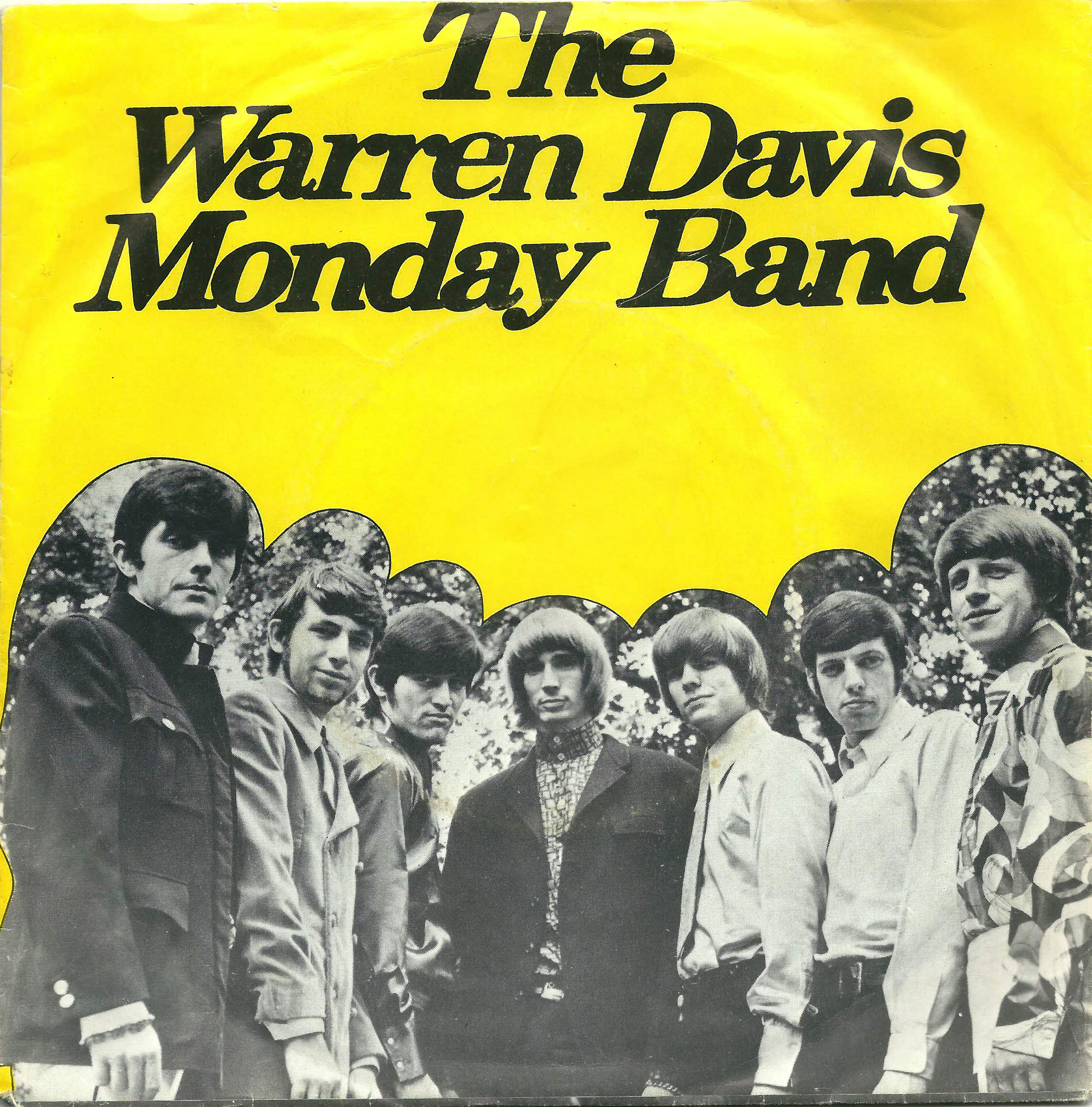
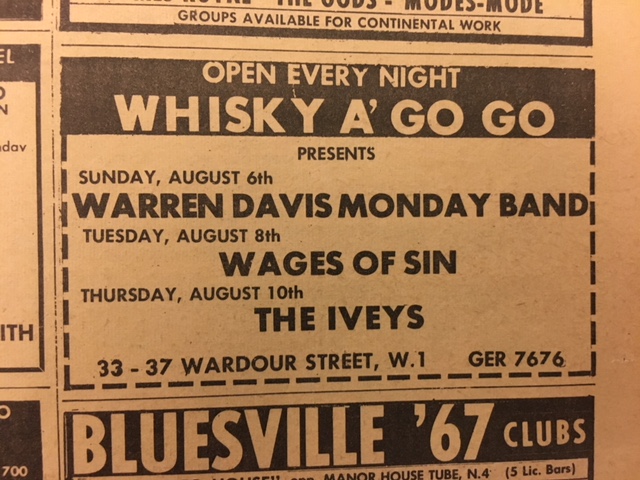
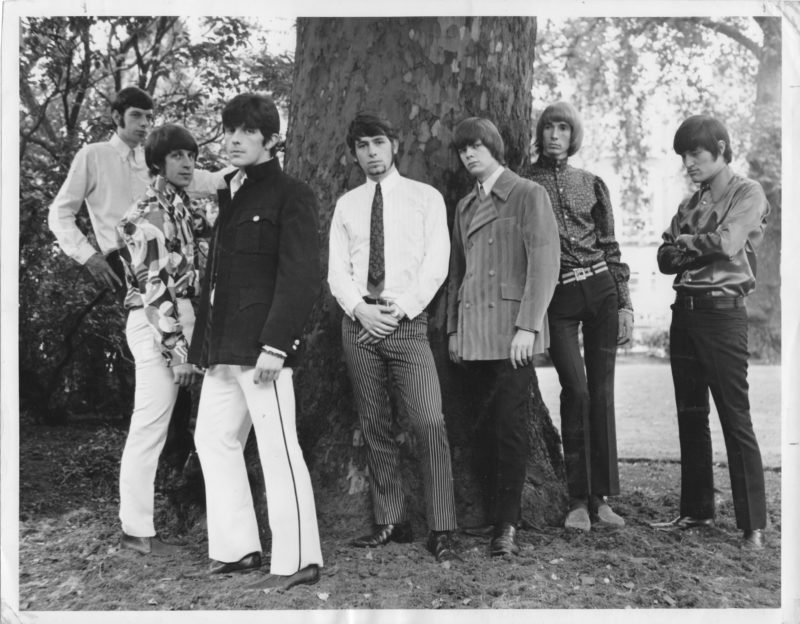
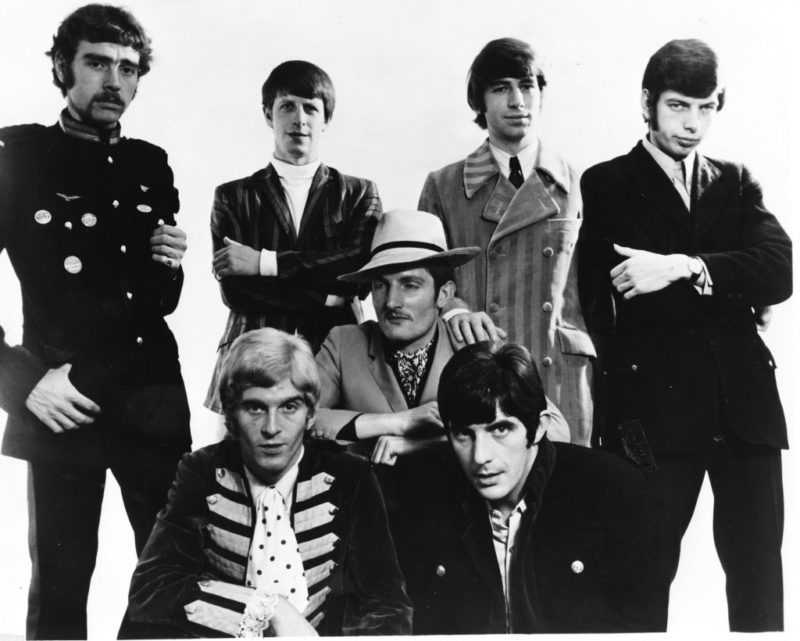
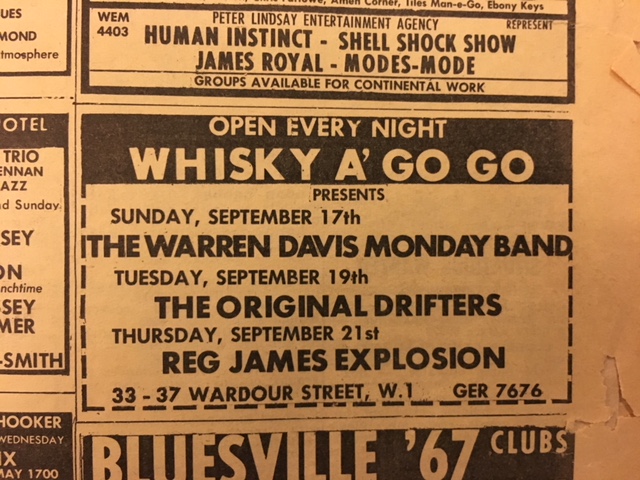
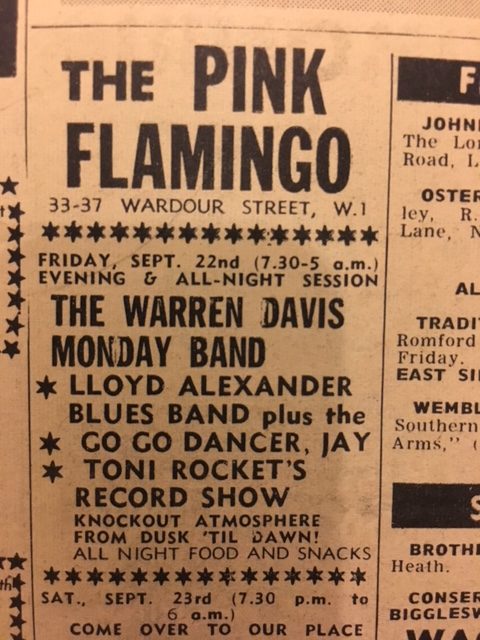



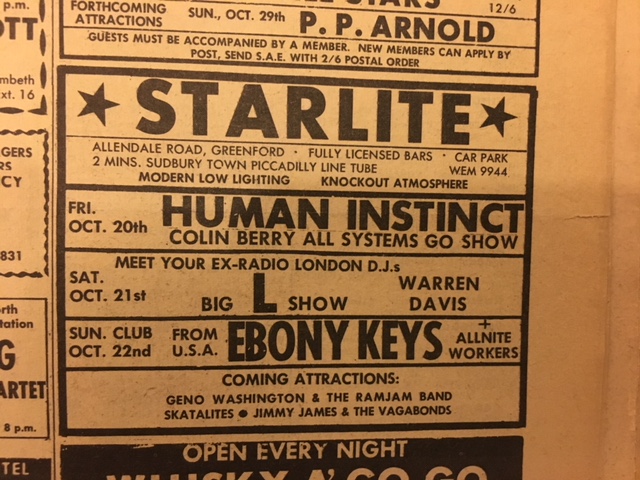
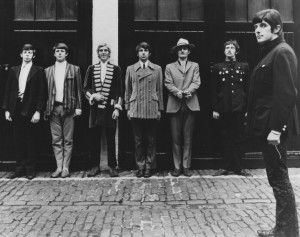




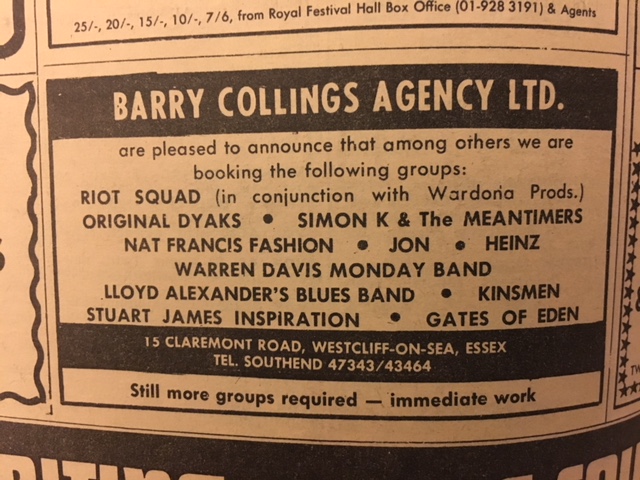


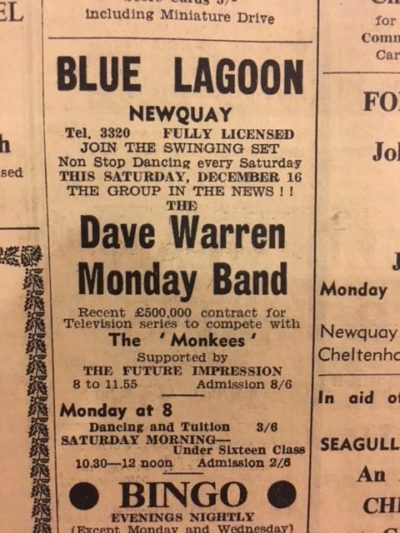
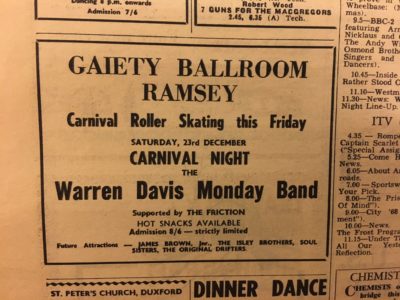
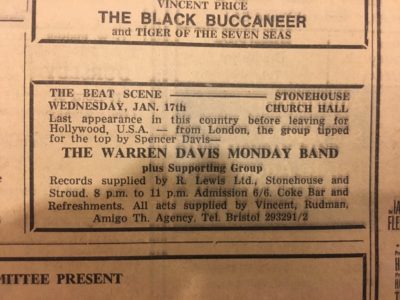




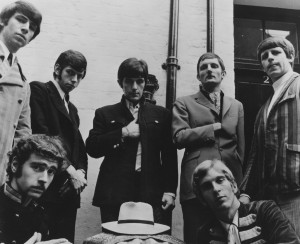
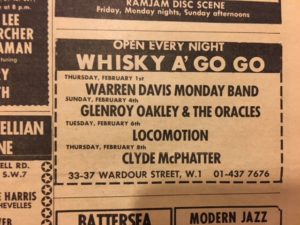



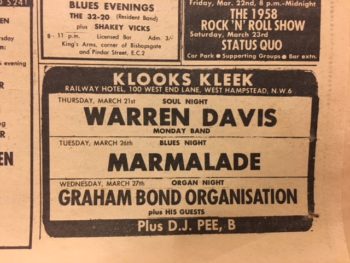

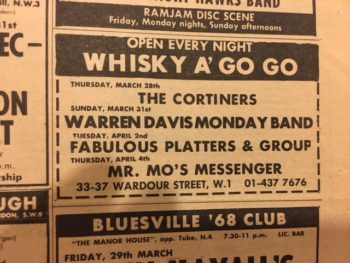

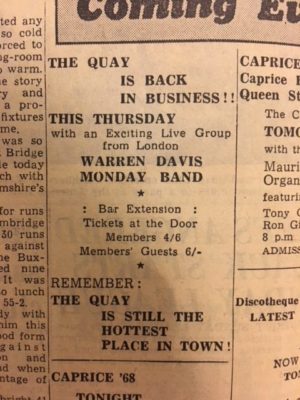
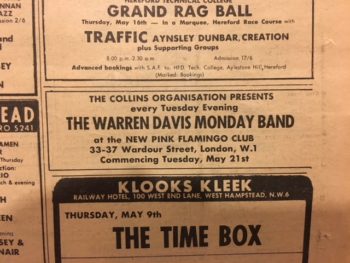

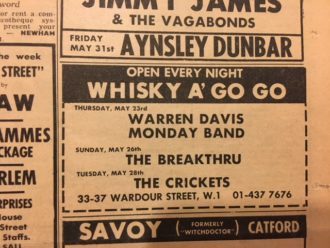

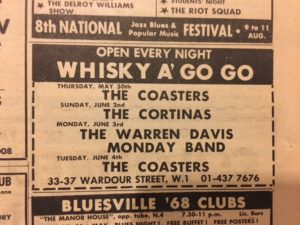



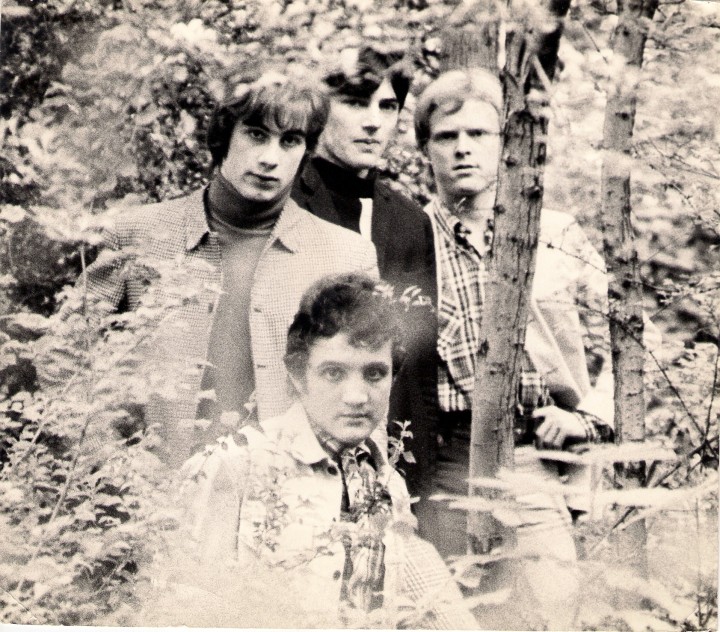
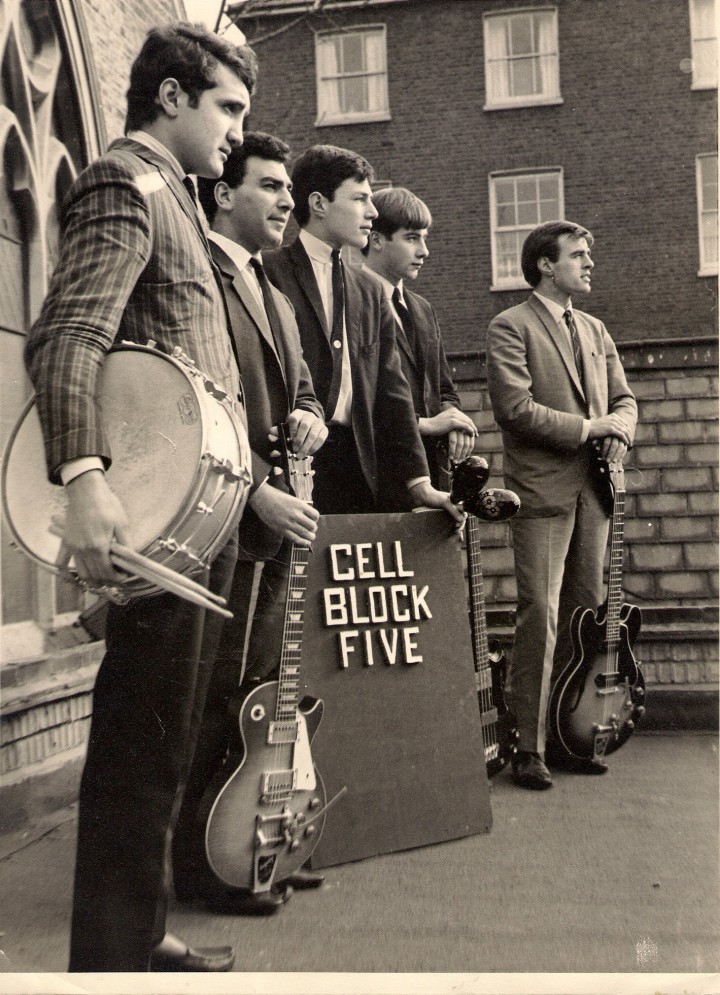

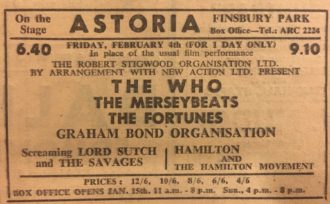 The following month, on 11-12 March, the musicians found themselves on the campus of Essex University in Colchester where a number of bands, including the up and coming Pink Floyd were entertaining the students.
The following month, on 11-12 March, the musicians found themselves on the campus of Essex University in Colchester where a number of bands, including the up and coming Pink Floyd were entertaining the students.
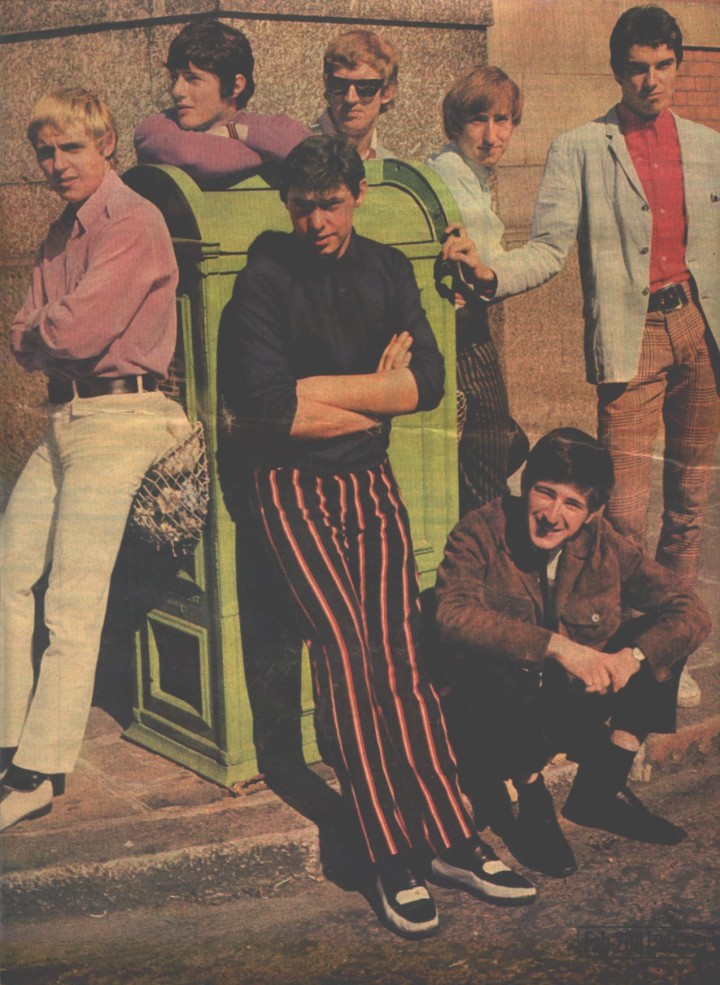

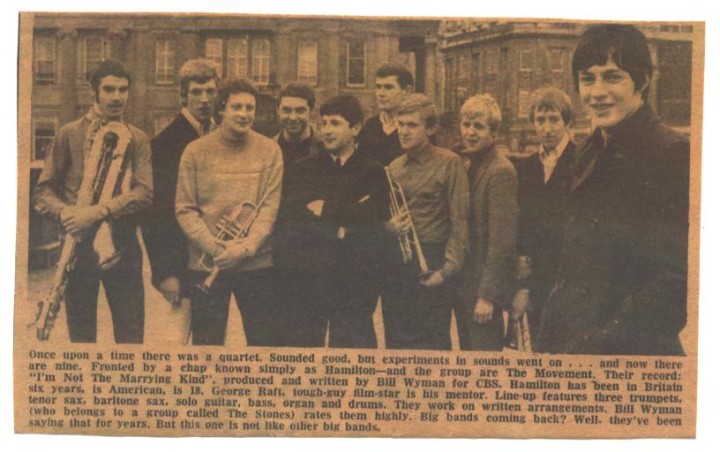
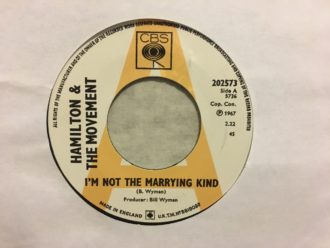 However, despite having supported The Who at Leeds University on 21 January and then making a notable appearance at the Saville Theatre opening for Chuck Berry and Del Shannon on 19 February, the single’s commercial failure prompted the backers to drastically reduce the group’s bookings.
However, despite having supported The Who at Leeds University on 21 January and then making a notable appearance at the Saville Theatre opening for Chuck Berry and Del Shannon on 19 February, the single’s commercial failure prompted the backers to drastically reduce the group’s bookings.